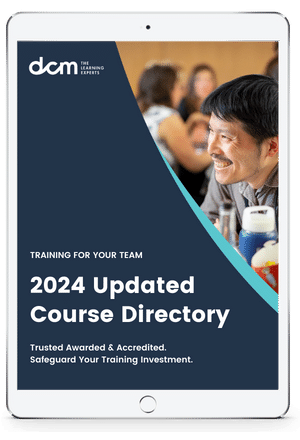Want to understand the basics of performance management? Many writers and consultants are using the term as a substitution for the traditional appraisal system. You are encouraged to think of the term in this broader work system context instead. Performance management eliminates the need for performance appraisals, employee reviews, and employee evaluations.
What Performance Management Is Not
Performance management is not an annual appraisal meeting. It is not preparing for that appraisal meeting nor is it a self-evaluation. It's not a form nor is it a measuring tool. Although many organizations may use tools and forms to track employee goals, accomplishments, and improvements, they are not the process of performance management.
:strip_icc():format(webp)/performance-management-1918226-final-02b127ec58d64330adbe58fbb0d9c7bc.png)
What Does Performance Management Include?
Performance management is a whole work system that begins when a job is defined as needed. It ends when an employee leaves your organization by way of finding a new job or retiring.
Performance management defines your interaction with an employee at every step of the way in between these major life cycle occurrences. Performance management makes every interaction opportunity with an employee into a learning occasion.
Components of a Performance Management System
The performance management system may contain all of these components, but it is the overall system that matters, not the individual components. Many organizations have been able to develop effective performance management systems without all of the following practices.
A performance management system includes the following actions:
1. Develop clear job descriptions using an employee recruitment plan that identifies the selection team.
2. Recruit potential employees and select the most qualified to participate in interviews onsite or by remote visual interaction.
3. Conduct interviews to narrow down your pool of candidates.
4. Hold multiple additional meetings, as needed, to get to know your candidates' strengths, weaknesses, and abilities to contribute what you need. Use potential employee testing and assignments where they make sense for the position that you are filling.
5. Select appropriate people using a comprehensive employee selection process to identify the most qualified candidate who has the best cultural fit and job fit that you need.
6. Offer your selected candidate the job and negotiate the terms and conditions of employment including salary, benefits, paid time off, and other organizational perks.
7. Welcome the new employee to your organization.
8. Provide effective new employee orientation, assign a mentor, and integrate your new employee into the organization and its culture.
9. Negotiate requirements and accomplishment-based performance standards, outcomes, and measures between the employee and his or her new manager.
10. Provide ongoing education and training as needed.
11. Provide on-going coaching and feedback.
12. Conduct quarterly performance development planning discussions.
13. Design effective compensation and recognition systems that reward people for their ongoing contributions.
14. Provide promotional/career development opportunities including lateral moves, transfers, and job shadowing for staff.
15. Assist with exit interviews to understand WHY valued employees leave the organization.
Source: The Balance Careers
Inhouse Tailored Training for your Team
We provide training programs that are developed by industry, for industry. Our range of programs can be delivered in a way that suits the needs of your business to offer your employees learning that is accessible and flexible.
We add value to your business by providing specialised, flexible and scalable training that meets your training needs. As your workforce grows and evolves, our globally certified and industry-validated learning solutions can assess, train and qualify your employees. For more information on how we can help please visit the in-house training page.
Membership, Stay Connected. Stay Relevant.
Completing a program is a point-in-time exercise that delivers huge value, but there is a next step to maintaining the currency of your skills in the ever-evolving professional world.
Membership is the next step.
A unique platform, membership is designed to ensure that you are in tune and up-to-date with the latest tools, trends and developments. Being a member provides just-in-time training and continuous professional development, and an exclusive and evolving content library informed by subject matter experts and industry leaders.







